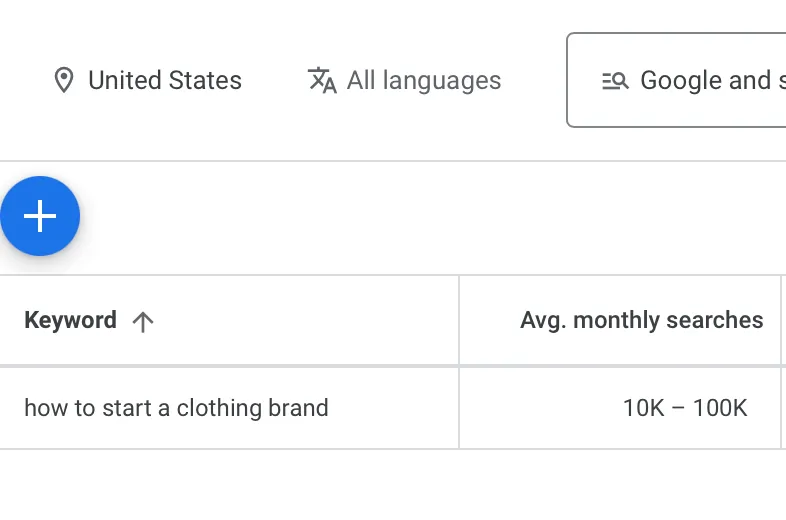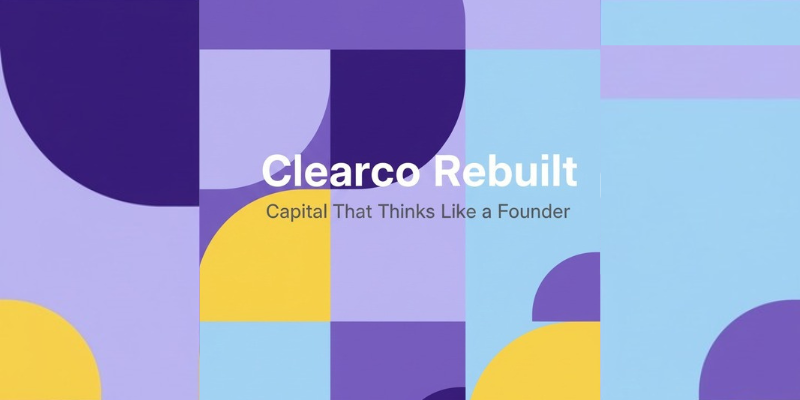The top items apparel brands spend on and invest in when building their business

Launching an ecommerce apparel brand? You aren’t alone! In a survey of 300 fashion designers done by Vogue Business, 60% of designers under 35 and 72% of designers in junior roles dreamed of starting their own brand. And it’s not just fashion grads, either. Anywhere from 10 to 100 thousand searches for “how to start a clothing brand” hit sites like Google and YouTube each month - and that’s just in the United States!
The average cost of launching an apparel brand varies, especially considering business mode, scale, production, and your experience as an ecommerce entrepreneur. For an online clothing business, you’ll need to cost out different production methods, create your online store, market to bring in demand, and manage your shipping and logistics.
So what costs the most? Here are a few items ecommerce brands invest in when growing their apparel sales.

Inventory is a top spend for apparel brands
Whether you’re doing print on demand, dropshipping, custom production, or working with overseas (or local) suppliers, you’ll have to consider inventory. Will you purchase small quantities from a dropshipper or do print on demand? What is the minimum order quantity from an overseas supplier? How about locally made?
Apparel brands typically start small and expand – whether it’s ordering samples from the manufacturer to tweak and refine or dropshipping to gauge customer interest in the first place, initial steps will usually explore and refine your product idea, see samples, and build prototypes. Other items you’ll spend on include:
- Fabric and materials (buy wholesale and design around using similar types – like reusing a leather for trims, zips, etc.)
- Production runs and early testing (ie. you screen print one batch of t-shirts, embroider another, etc.)
- Equipment (if you’re making it in-house) or labour (if you’re working with local sewers to create product)
- Taxes and import fees (if you’re sourcing abroad)
After a few rounds of samples, brands have a better idea of what they’re selling — and what it costs to make. It can often take a few rounds of sample-making to get a ‘perfect’ pattern and design, which you’ll then need to produce at sale.
Patterns are a top spend for apparel brands
According to designer and Fashion Brain Academy founder Jane Hamill, the two items you shouldn’t skimp on are pattern making and high quality photos. You can find a pattern maker on sites like Maker’s Row, Fashion Index, freelancers on sites like Upwork or Fiverr, or local fashion schools in your area. Industry events or networking opportunities are a good place to meet patternmakers or solicit recommendations.
Product photography is a top spend for apparel brands
High quality product photos are essential: high quality images are important to 90% of customers. even if you’re using a wedding photographer to save money on the shoot! 83% of US smartphone users surveyed by eMarketer said photos were influential when making an online purchase – but you can skip the vids, since just 36% of respondents felt they were necessary. You, your friends, or your family can all be used to model apparel, in a landscape as simple as your own backyard, but good lighting and high quality images are required.
Packaging is a top spend for apparel brands
Amazon might be able to deliver the goods to your door still rattling around a cardboard box (they even ditched the air pillows!), but as a new brand, you’ll want to make a good first impression. Packaging is your customer’s first impression of the brand, so you’ll want to put your best foot forward with boxes, paper, notes, tags, stickers, and other extras that make the order feel like a thoughtful gift. More pragmatically, these items increase your perceived value and encourage customers to come back.
Apparel brands have a lot to invest in when building their business
Investing in the right areas will help establish your apparel brand. With effective marketing and a clear brand, you’ll establish yourself as a leader in the apparel world. And with savvy spending, you can prepare for a more profitable sales period in the future.




.jpg)